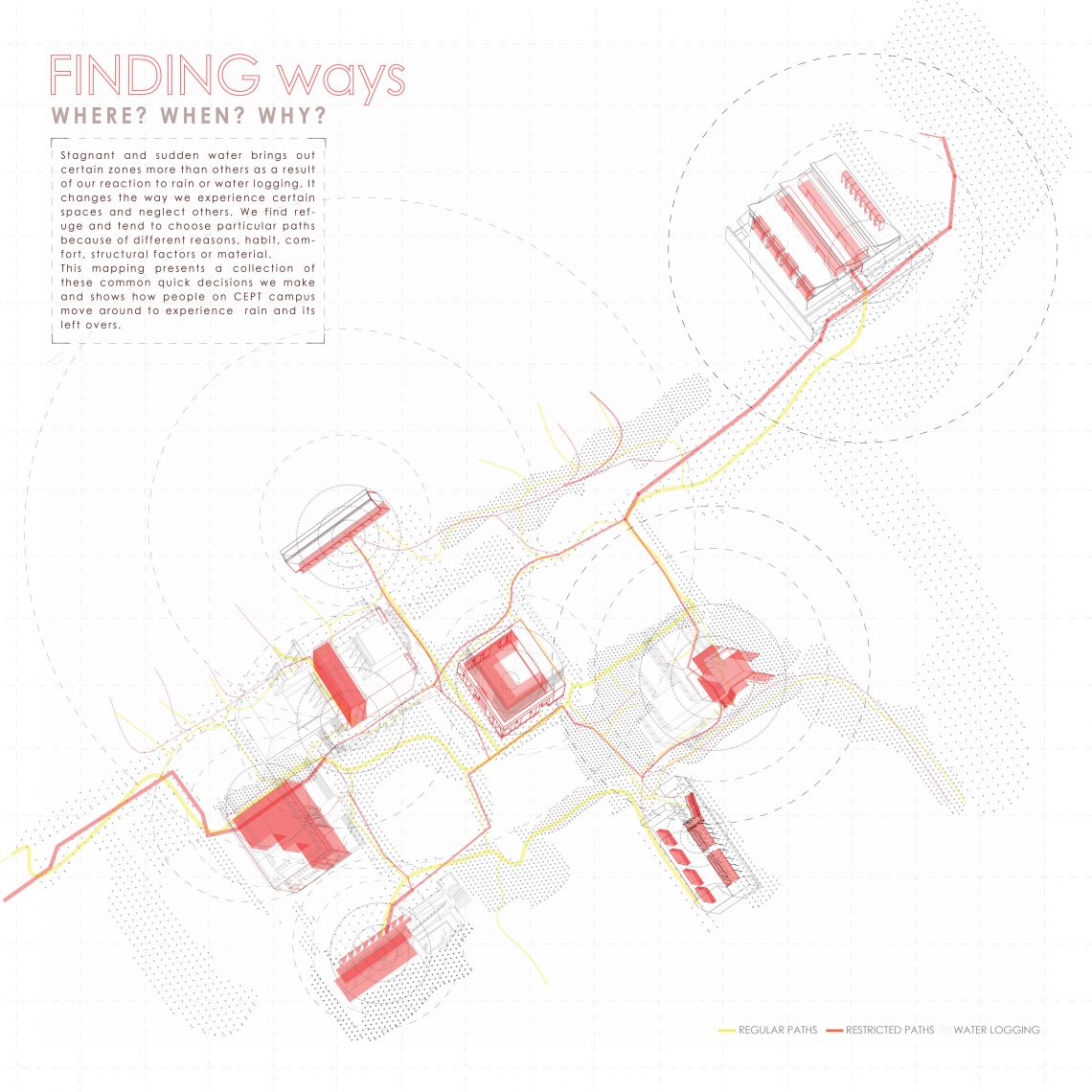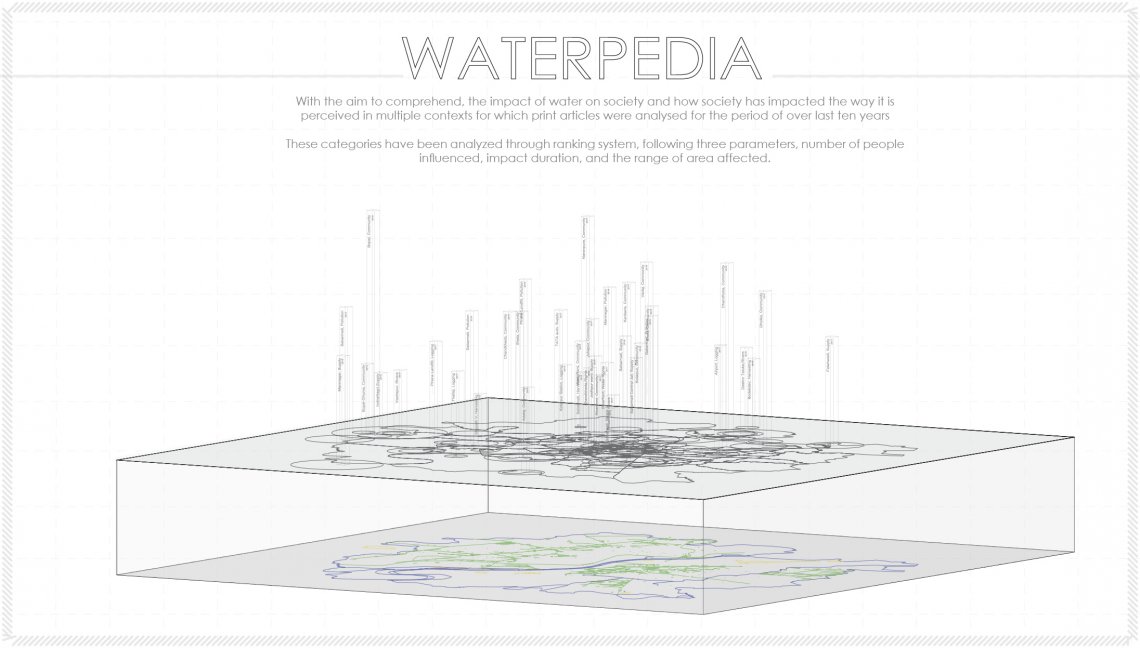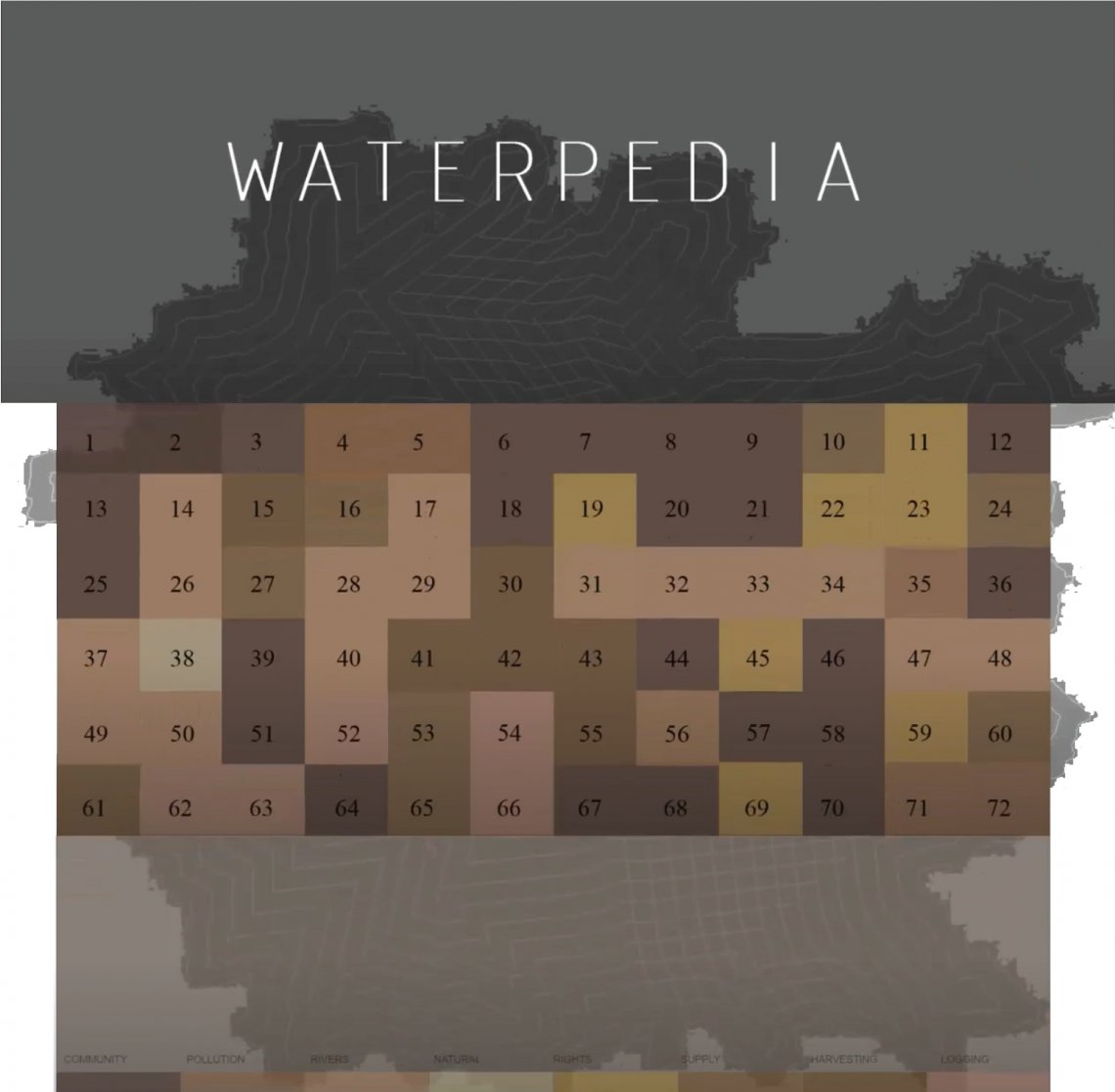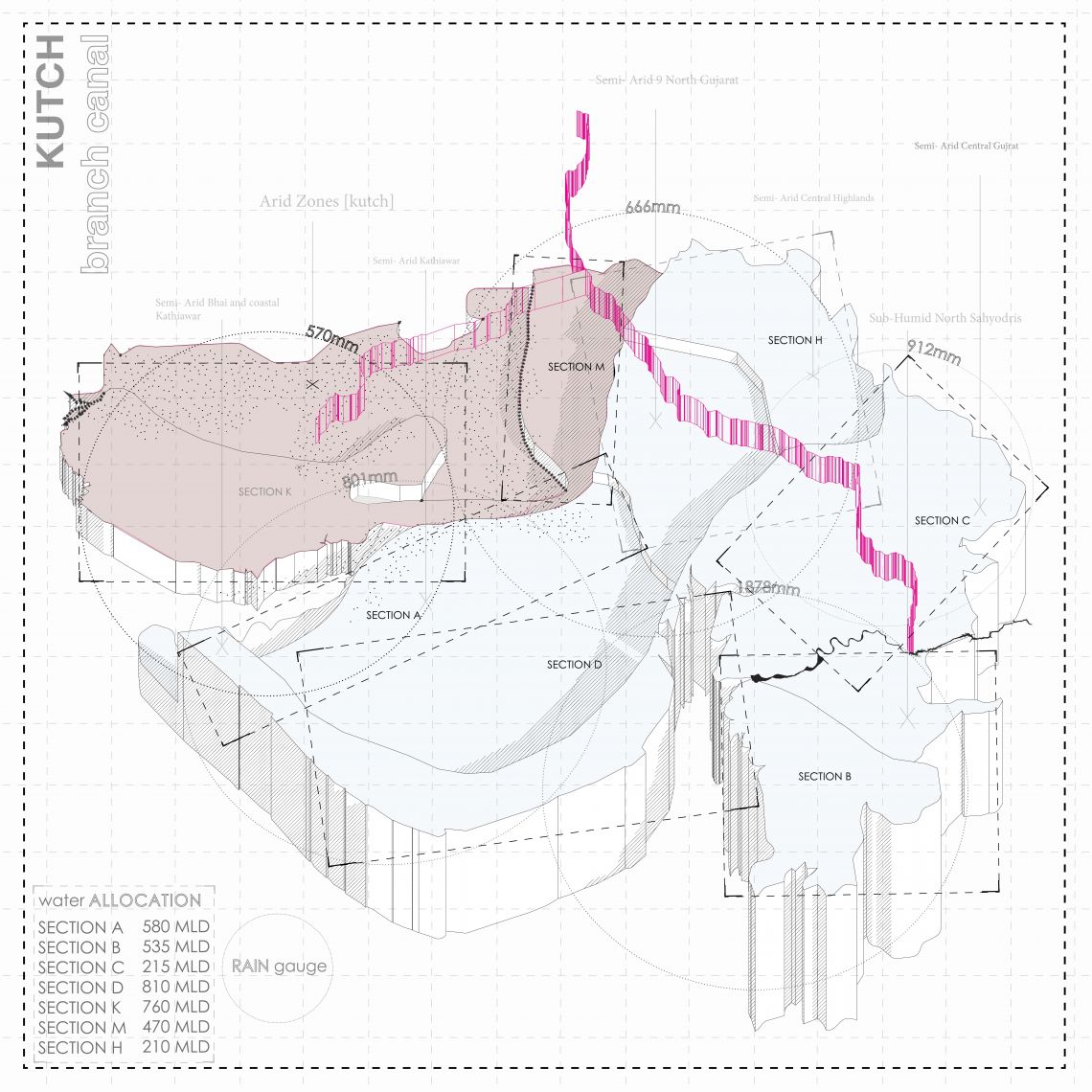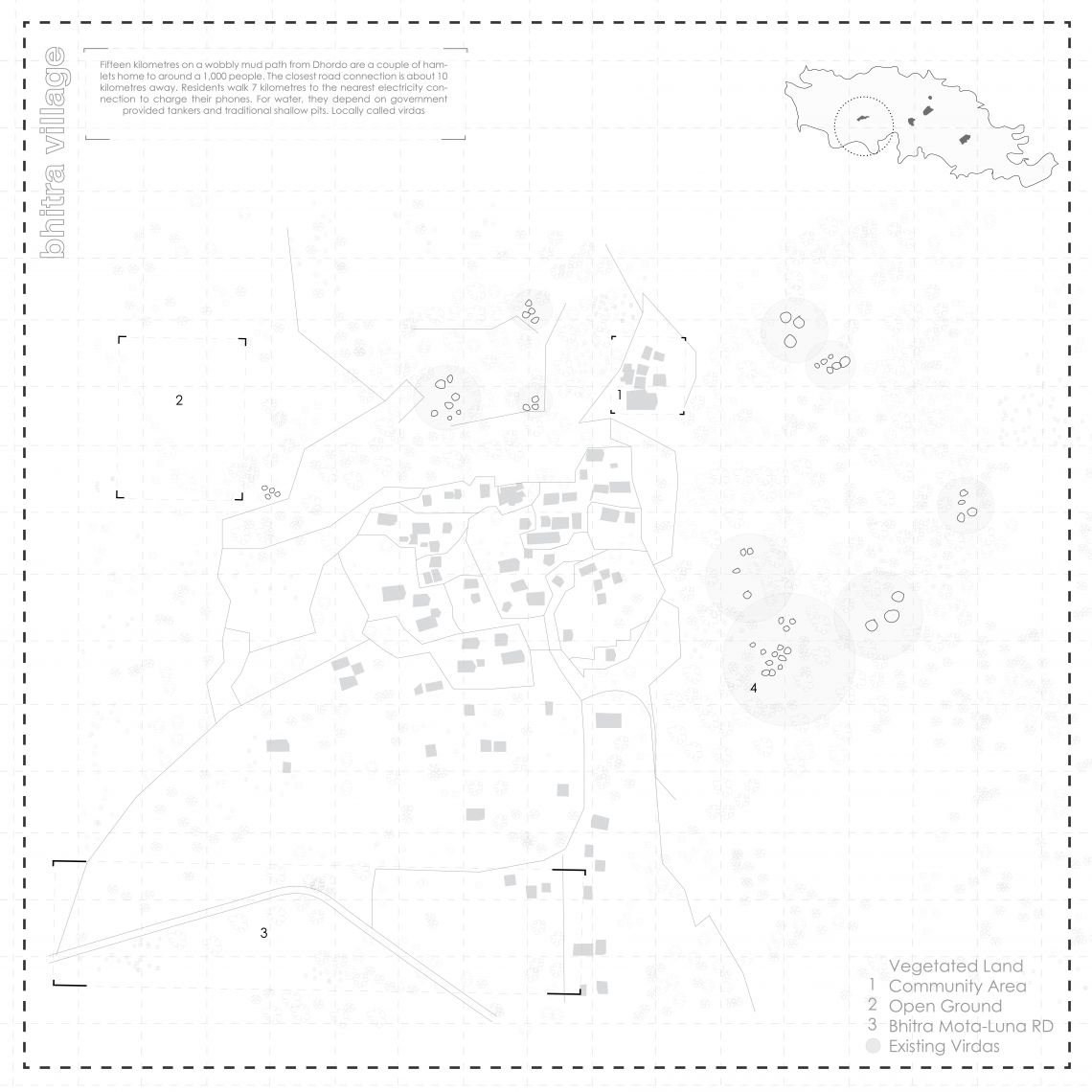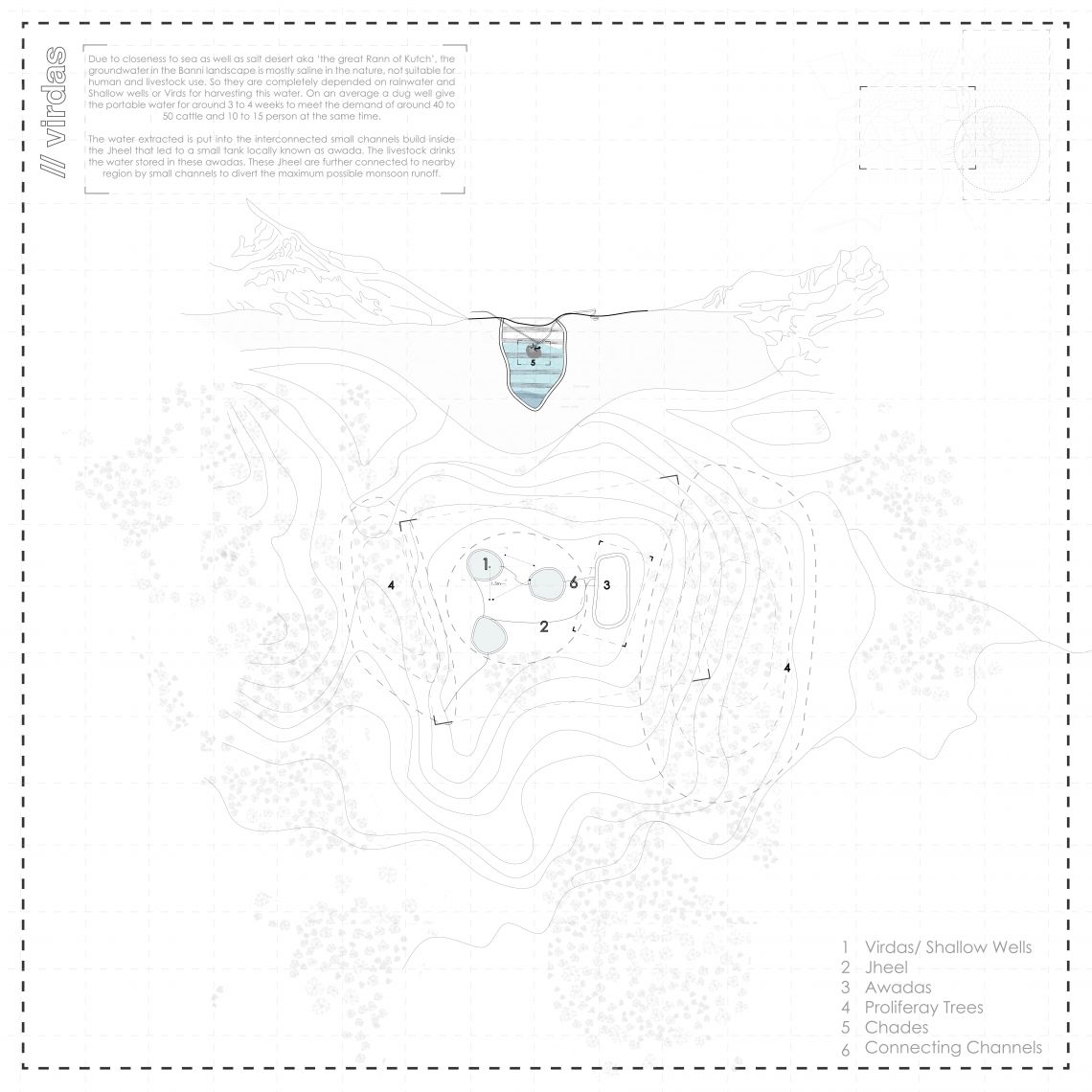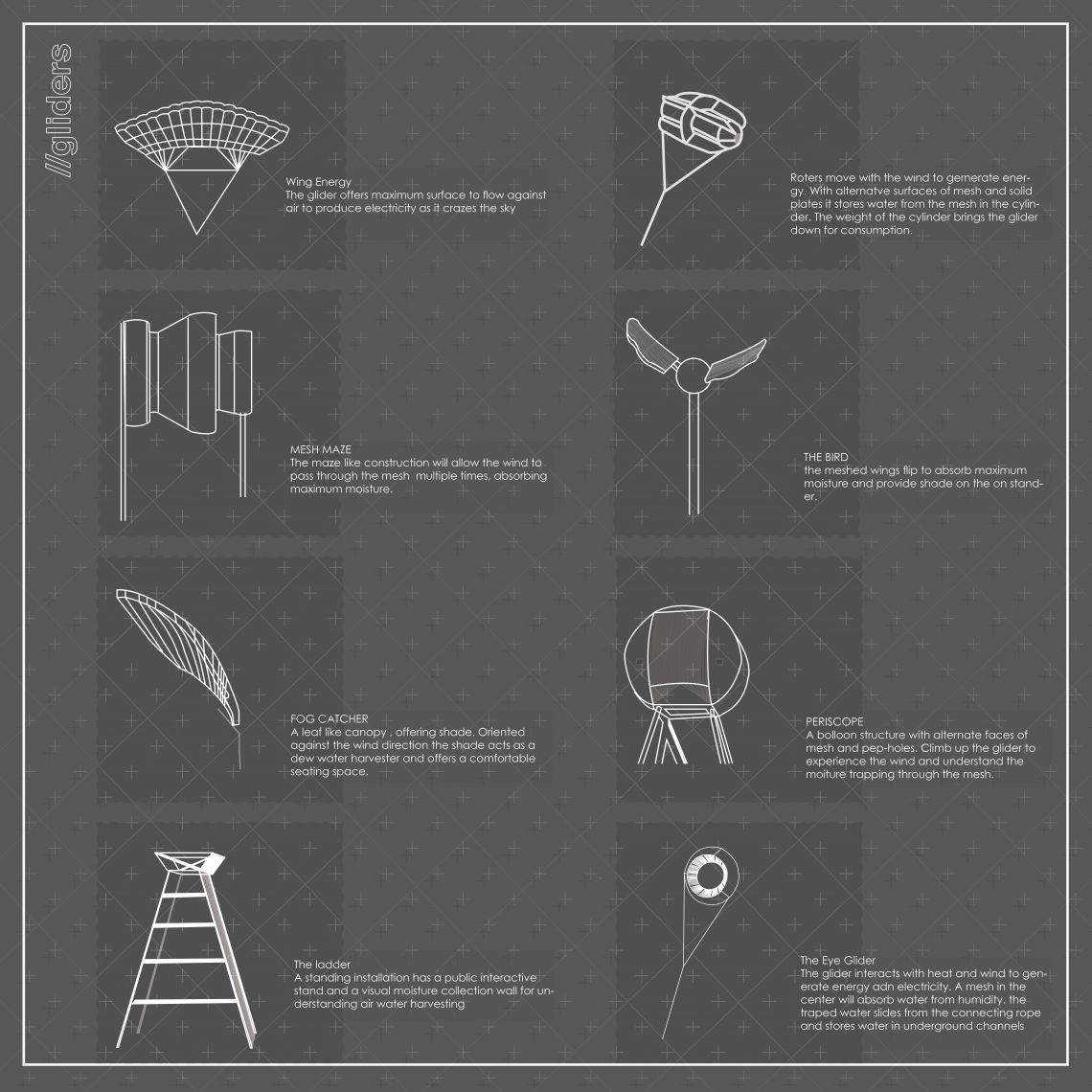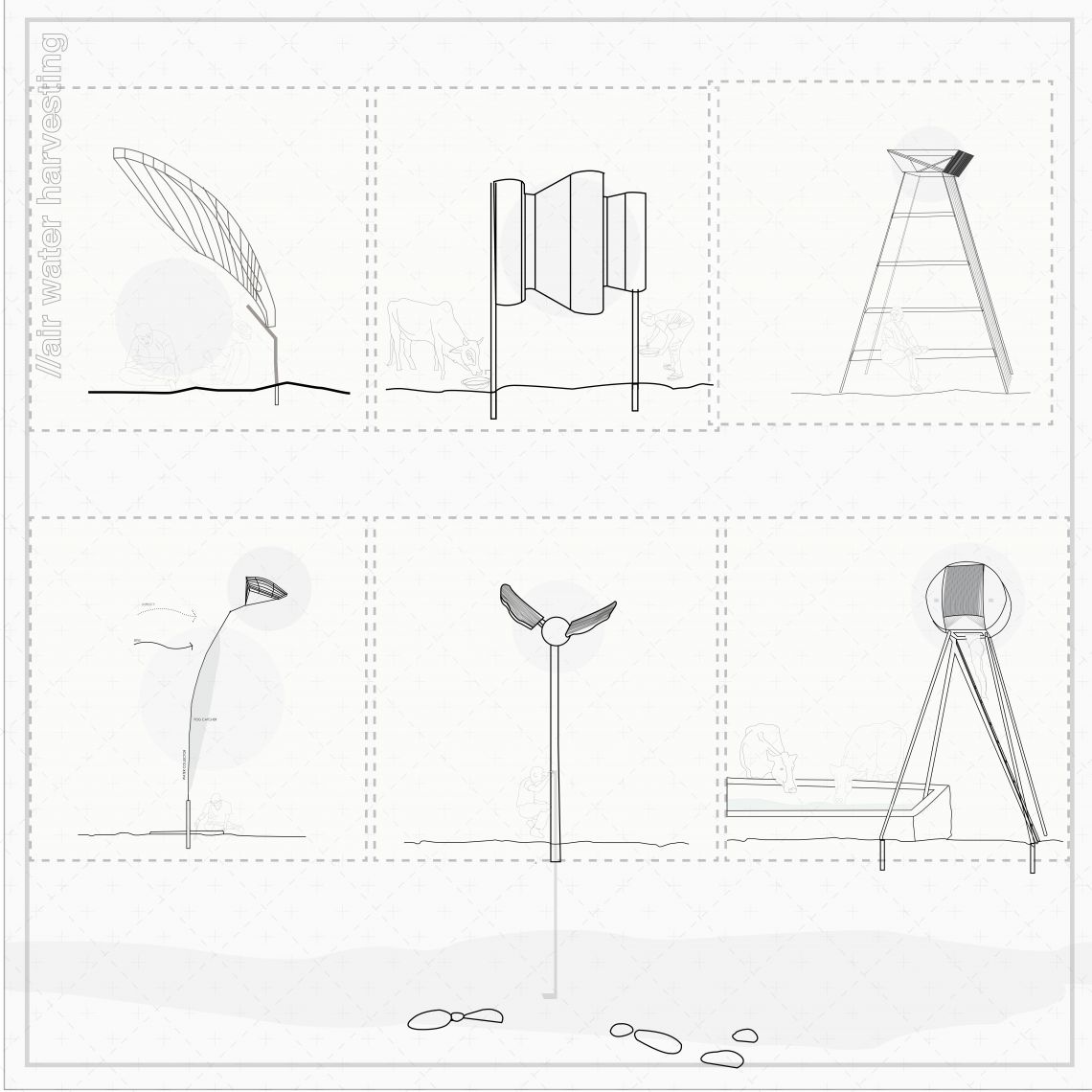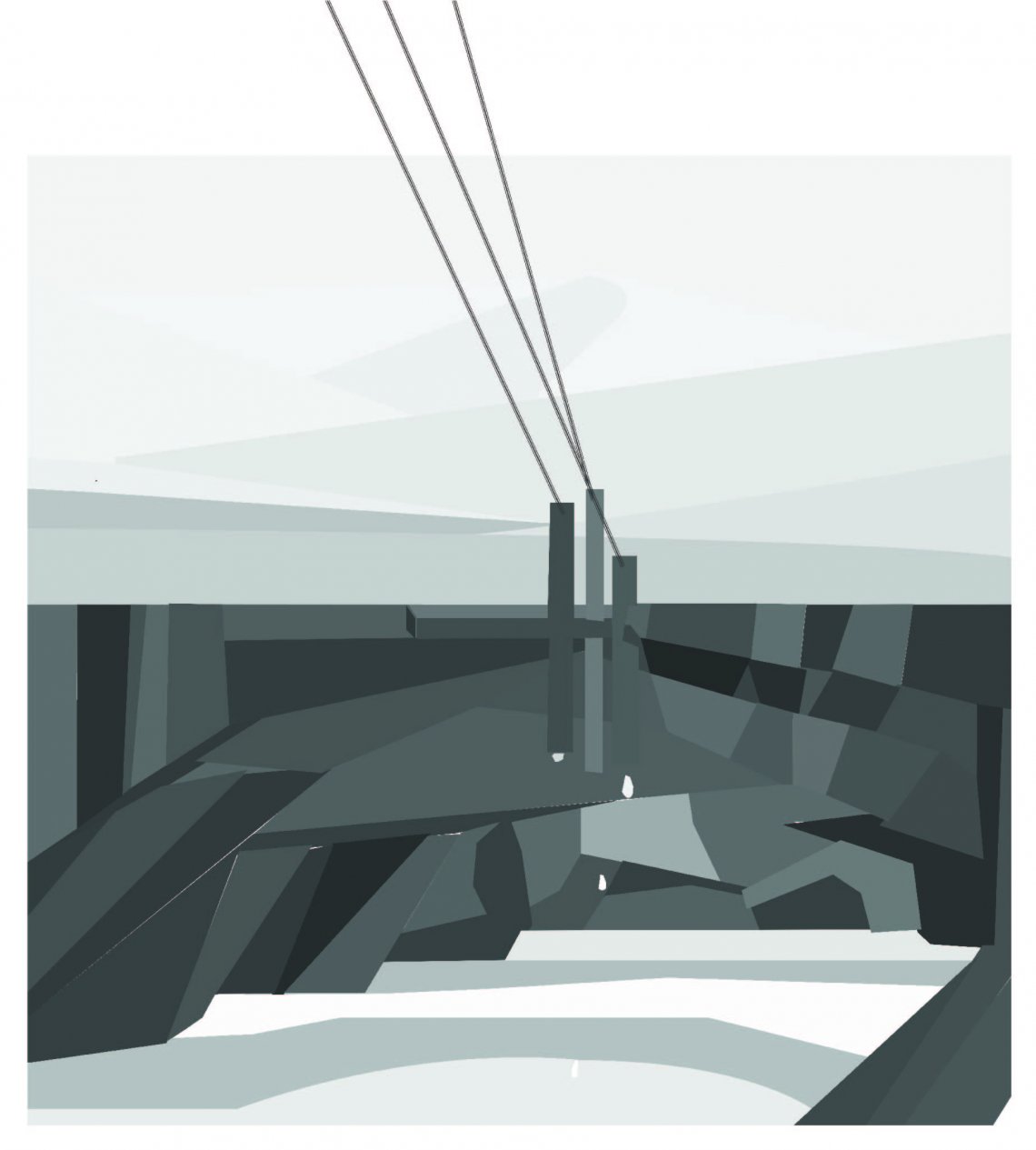Your browser is out-of-date!
For a richer surfing experience on our website, please update your browser. Update my browser now!
For a richer surfing experience on our website, please update your browser. Update my browser now!
Water Mirage is an alternate water provisioning machine that counters the government proposals to splurge on inefficient canal networks and large scale inter-basin transfer projects. It elicits basic principles from traditional water harvesting and irrigation techniques and couples them with advanced decentralized water capturing devices to create small-scaled independent water provisioning models that work with the local land and climatic conditions. Situated in the arid regions of the white desert, it proposes new ways to use experimental techniques of moisture harvesting already established in regions like Kothara by coupling them with the traditional techniques like the Virdas to create water harvesting units that are efficiently deployable and imaginative. The plugin plug off modules provides a number of creative ways to engage with the structure making it both a mechanism for water sufficiency and a tool for community participation. Sardar Sarovar dam an idea initiated in the year 1961 was commissioned as a savior to the drought-prone areas of western India. It has a 458 km long main canal and 38 branch canals, the longest of which is the Kutch Branch, made solely to provide for the northern Gujarat region. The Kutch Branch, a 338 crore project, was sold on the idea of providing water to the drought-prone and arid areas of Kutch. The foundation stone for the work on this branch was laid in 2014. However, in 2018, 4 years after the commencement of the project, 28% of the main branch was yet to be completed, 67% of the distribution canal network was incomplete,60% of the minor canals were incomplete and 66% of the sub minor canals were incomplete. Also, within less than a year of the completion of the extended length of the main branch, the canal was filled with contaminated water and started causing logging within its vicinity. After more than 56 years of waiting to get water, farmers in Kutch continue to live in false promises as work on the distribution network of the mammoth Sardar Sarovar Dam is not even close to completion. With years of shifting narratives and changing command areas, the Gujarat government in 2017 brought down the originally planned length of the canal network from 90,387km to 71,748km. 31% of even this revised canal network is still to be built. To meet the promised demand of water to Kutch and Rajasthan, the government now proposes to transfer water from other rivers to the canal network. Termed as the Par Tapi Narmada link, this project worth Rs16, 000cr envisions the transfer of surplus water from west-flowing rivers, Par and Tapi to the Narmada distribution network.It involves building seven reservoirs between Par and Tapi rivers and a 395-km-long link canal connecting these reservoirs. The possible flow that can be diverted is estimated to be 1,350 million cubic meters, which is about 75 percent of the entire flow of the seven rivers: Nar, Par, Auranga, Ambica, Pur into Tapi and Narmada. The project, however, will submerge 7,559 ha of land, of which 3,572 ha is forest land. It is also likely to displace 35,000 tribals and submerge 75 villages.
